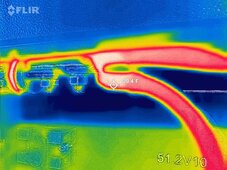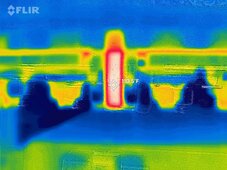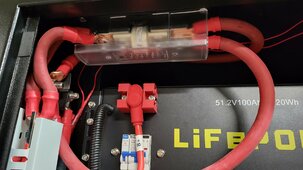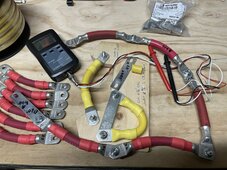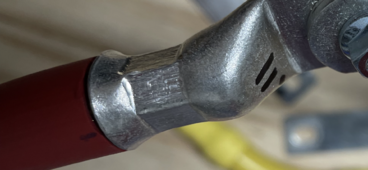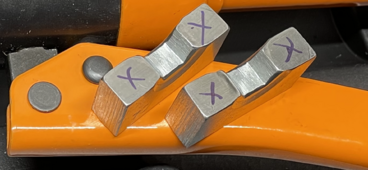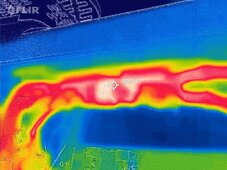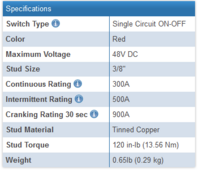When my system was under an extended 150a load, I went to check on wiring for warmth. The negative busbar connection was room ambient temperature, but the connection at the fuse and the fuse itself was warm.
I say connection, but thermals indicate the crimps are potentially not solid. However, I removed one of these and tested by attaching to my workbench and giving it a hearty tug. No movement. At all other junctions, there are no thermal issues.
So I have to ask; is this normal at fuse connections? All connections are torqued to provided spec from Blue Sea.
I say connection, but thermals indicate the crimps are potentially not solid. However, I removed one of these and tested by attaching to my workbench and giving it a hearty tug. No movement. At all other junctions, there are no thermal issues.
So I have to ask; is this normal at fuse connections? All connections are torqued to provided spec from Blue Sea.



